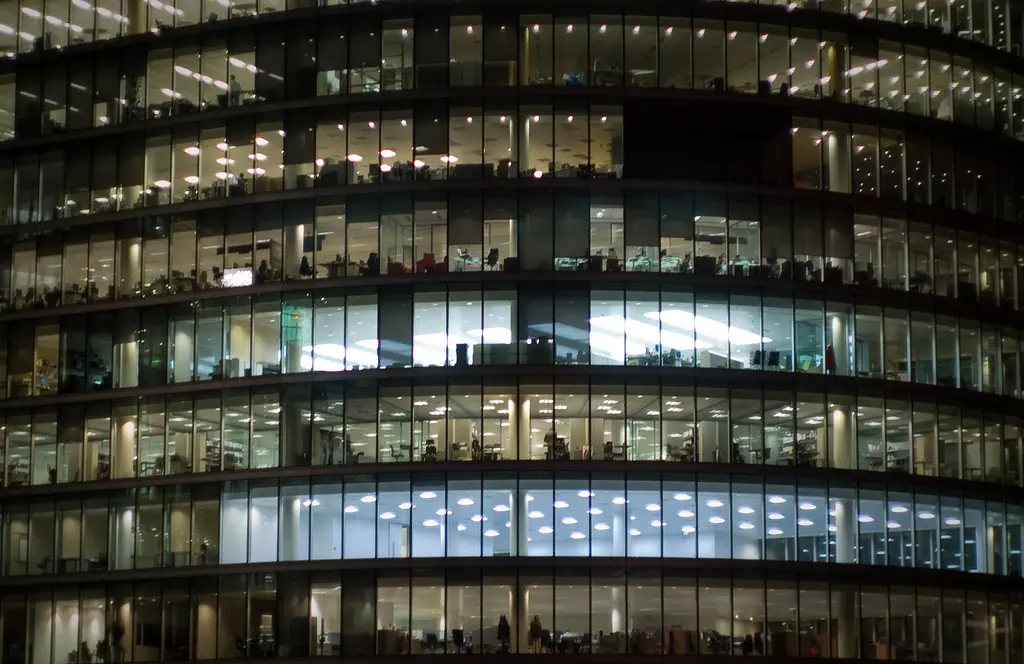Building automation systems, also known as BAS, is the term given to an interlinked, centralized network of programs that control workplace environments. The cornerstone to this environment is energy conservation, with lighting controls being one critical element. Lighting controls are considered a low-hanging fruit in the BAS field since the expense can be much lower than other elements of the energy-saving equation. Below are 3 reasons why this is so.
1. They contain sensors
A building automation system operates via the use of controllers. Controllers help manage all aspects of the involved network and equipment. In order to function properly, controllers need input from sensors. Sensors take information from the environment and send it to the controllers. Without sensors, valuable human and environmental resources would be wasted.
Sensors make it possible to optimize building performance. A core functionality of an efficient building automation system lies in the fact that it can provide lighting based on a predetermined occupancy schedule. Sensors can monitor a room’s occupancy level and adjust lighting accordingly. If a room has been empty for a programmed period of time, the sensor can automatically turn the lights off. This improves efficiency, extends useful lives of current used lighting sources, and saves money. Many firms face high electric bills due to lighting up rooms or facilities without occupants.
2. They improve occupant comfort and safety
A well-lit building environment improves occupant comfort and safety. Visitors can easily see clear walking areas, read available literature, and maneuver properly around the facility. This improved comfort increases the chances of repeat visitors, positive referrals to associates, and an improved industry reputation.
When the lighting involves employees or other workers, it enhances employee morale, job satisfaction, productivity, motivation, and company loyalty. By operating a building automation system that optimizes lighting, workers can comfortably perform duties as required. Sick days, medical claims, and hindered emotional thinking will all diminish. Proper lighting plays a crucial role in ergonomics, the term given to workplace safety affecting the musculoskeletal system.
Lighting controls make it possible for workers to adjust a light dimmer according to individual needs. A dimmer switch can easily be placed within arm’s reach on a desk. As the desktop or floor light brightness is adjusted, it reduces glare and possible eyestrain.
External light sensors can modulate movement during darkness, turn on, and provide optimal safety in parking lots.
3. Improve profitability
Lighting controls play a critical role in improving a firm’s overall operations and profitability. By having a building automation system that optimizes lighting controls like photosensors, timers, occupancy sensors, and other devices, a firm easily contributes to the green living lifestyle. Lighting can be scheduled to turn on 30 minutes before the scheduled work day, for instance. Lighting controls make it possible to provide enhanced lighting to one side of the building while the other unused side has lights shut off. This lighting optimization saves money, time, and frustration.
Energy-saving light controls may provide companies with tax credits that may lower tax bills. Checking with the appropriate taxing authorities will provide needed information in this area.
Every successful business relies on optimizing all types of available resources – including energy. When a company realizes how critical lighting control is to an efficient business automation system, it will win hands-down over its competition, which operates in a non-controlled environment.





